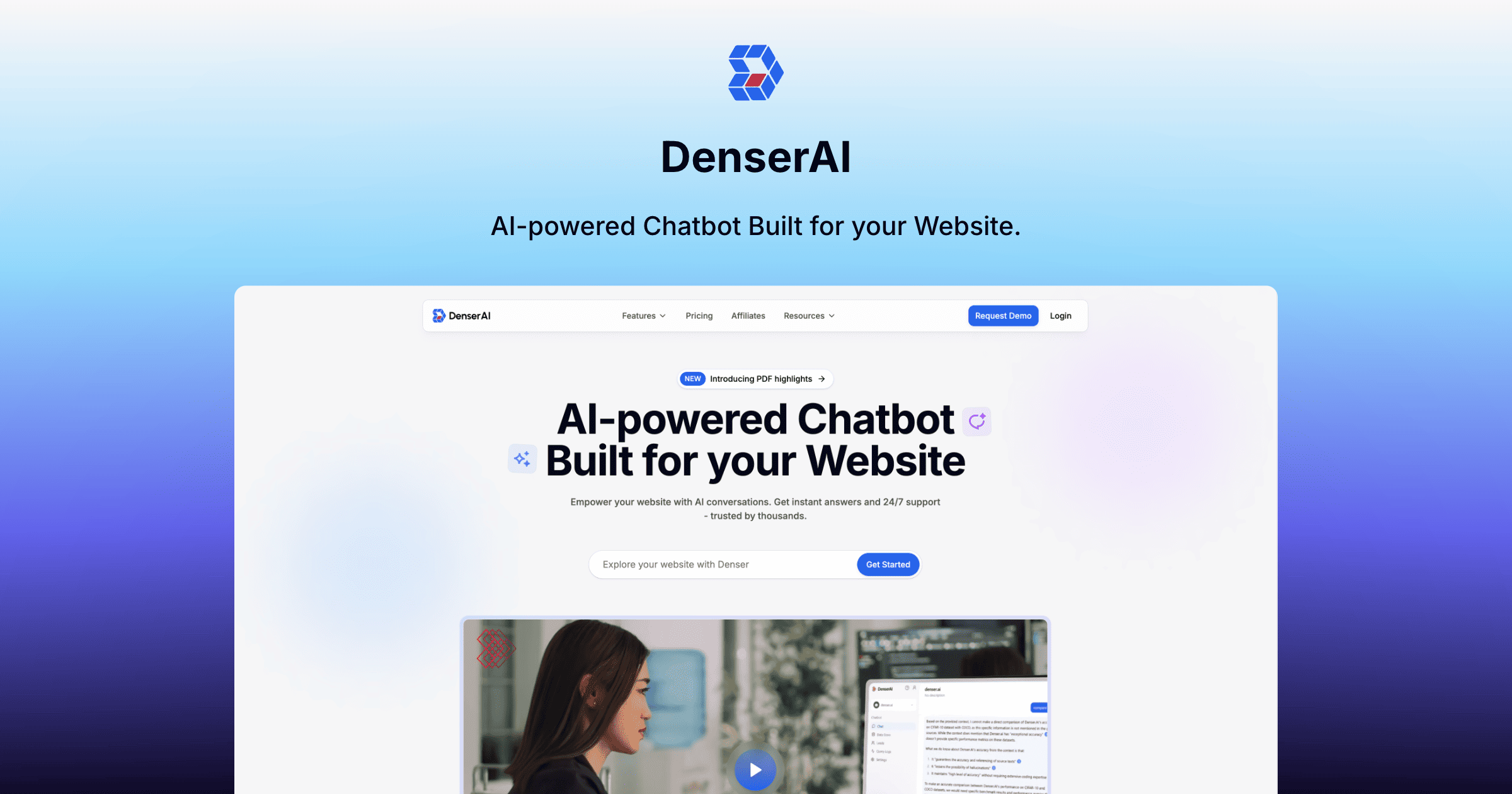Understanding the Chatbot on Your Website
A chatbot on website is an innovative tool designed to enhance user engagement and streamline communication between businesses and customers. These digital assistants are capable of responding to inquiries, guiding visitors through various processes, and offering support around the clock. The rapid evolution of consumer expectations has made it essential for businesses to adopt such technologies to meet demands for immediate assistance and personalized interaction. For instance, imagine a potential customer visiting your site late at night with questions about your products. A chatbot on your website can provide instant answers, thus enhancing the overall experience and increasing the likelihood of conversion. This capability not only improves user satisfaction but also reflects positively on your brand’s reputation as being responsive and attentive to customer needs.

Benefits of Implementing a Chatbot on Your Website
Implementing a chatbot on website can lead to a multitude of benefits that translate into tangible gains for your business. First and foremost, chatbots can significantly reduce the workload on human customer service teams by addressing common inquiries autonomously. This allows your staff to focus on more complex issues that require human intervention. Additionally, chatbots can gather valuable data from interactions, helping businesses understand customer preferences and behaviors. Consider a retail website that experiences a high volume of inquiries regarding shipping policies. By deploying a chatbot, the business can quickly provide this information, freeing up staff time and enhancing customer satisfaction. Furthermore, chatbots operate 24/7, ensuring that customer support is available at all times, which can be a crucial factor in generating sales and fostering loyalty.
Actionable Insights for Maximizing Chatbot Efficiency
To fully leverage the advantages of a chatbot on website, businesses should strategize its implementation wisely. Start by identifying common questions and pain points experienced by customers. This will help create a knowledge base for the chatbot, allowing it to provide accurate information promptly. Regularly updating the chatbot’s capabilities based on user interactions can further enhance performance. Additionally, incorporating features such as live chat escalation for complex inquiries ensures a seamless transition from automated responses to human assistance when necessary. For example, a service-based industry can benefit from booking appointments through its chatbot, thus minimizing manual tasks while maximizing customer accessibility. Moreover, integrating the chatbot with other tools, like a CRM system, can enable a more personalized experience by relaying customer histories and preferences.
Conclusion and Recommendation
In summary, leveraging a chatbot on website can lead to significant improvements in user engagement, operational efficiency, and customer satisfaction. Businesses that implement these tools are positioned to respond swiftly to customer inquiries, streamline their processes, and gather essential data to inform decision-making. If you are seeking a reliable partner to help integrate such technology into your website, look no further than DenserAI. With its range of customizable chatbot solutions and impressive support features, DenserAI stands out as a brand that can facilitate enhanced customer interaction and operational efficiency.


